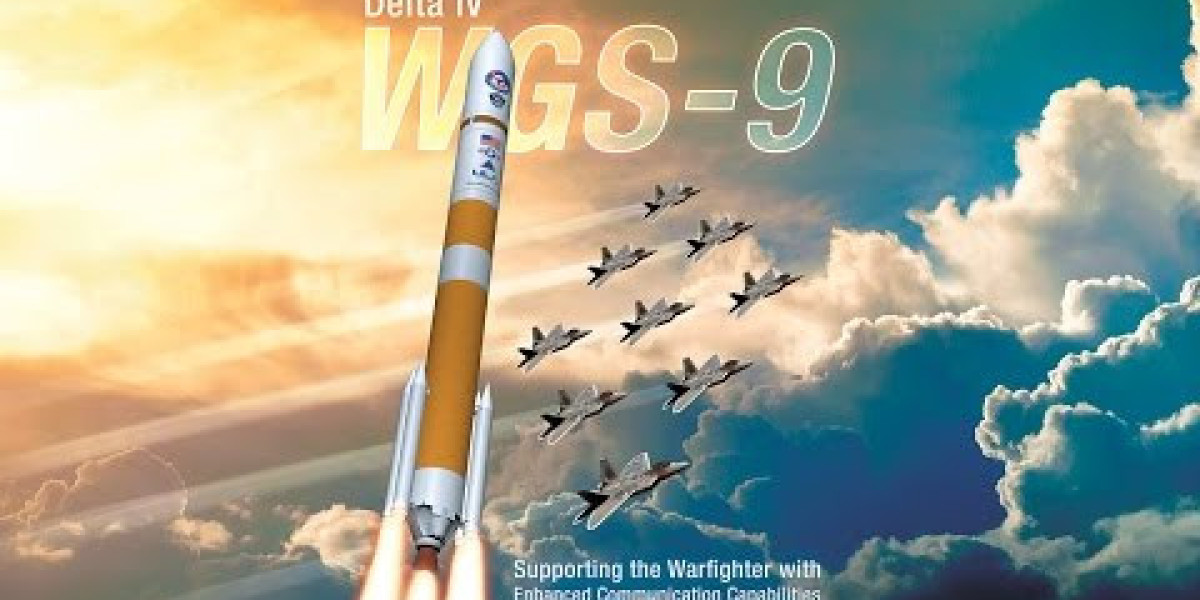As the final week of March unfolds, the space community gears up for a significant moment: bidding adieu to the venerable Delta IV Heavy rocket while witnessing the continued prowess of SpaceX's Falcon 9 and the reliable Soyuz launcher. This launch roundup encapsulates the milestones and advancements in space exploration as we celebrate the legacy of one rocket and anticipate the future strides of others.
The Delta IV Heavy Swan Song: The United Launch Alliance's (ULA) Delta IV Heavy has been a stalwart in the realm of heavy-lift launch vehicles. With its distinctive three-core configuration, the Delta IV Heavy has successfully delivered critical payloads to orbit for over two decades. However, all good things must come to an end, and the Delta IV Heavy is no exception. Its final mission, designated NROL-68, marks the end of an era.
The National Reconnaissance Office's (NRO) classified payload will soar into space atop the Delta IV Heavy, showcasing the rocket's capability one last time. This swan song not only underscores the Delta IV Heavy's reliability but also pays homage to the engineers and technicians who have shepherded its missions over the years. As we bid farewell to this workhorse of space exploration, we also reflect on its contributions to national security and scientific endeavors.
Falcon 9: A Continuous Triumph: While the Delta IV Heavy bows out, SpaceX's Falcon 9 continues its reign as a dominant force in the launch industry. With its reusable first stage and rapid turnaround capabilities, the Falcon 9 has revolutionized access to space. In the last week of March, SpaceX has multiple launches scheduled, demonstrating the rocket's versatility and reliability.
One of the notable launches on SpaceX's manifest is the deployment of Starlink satellites, further expanding SpaceX's constellation aimed at providing global broadband internet coverage. Additionally, Falcon 9 will ferry other payloads to orbit, including commercial satellites and scientific instruments. Each launch reaffirms SpaceX's commitment to driving innovation and pushing the boundaries of space exploration.
Soyuz: A Dependable Workhorse: Amidst the buzz surrounding the Delta IV Heavy's farewell and Falcon 9's exploits, the Soyuz rocket quietly continues its streak of reliability. Developed by Russia's Roscosmos, the Soyuz launcher has been a mainstay in space exploration for decades. Its robust design and track record of success have made it a trusted vehicle for transporting crew and cargo to the International Space Station (ISS).
In the last week of March, a Soyuz rocket will embark on a mission to resupply the ISS, delivering essential supplies, equipment, and experiments to the orbiting laboratory. This routine yet critical launch highlights the Soyuz rocket's continued role in supporting human spaceflight and maintaining the ISS's operations.
Conclusion: The final week of March exemplifies the dynamic landscape of space exploration, marked by the retirement of one rocket and the continued triumphs of others. As the Delta IV Heavy takes its bow, we acknowledge its contributions to science, technology, and national security. Simultaneously, SpaceX's Falcon 9 and the Soyuz rocket carry the torch forward, driving innovation, enabling access to space, and sustaining humanity's presence beyond Earth.
While we bid farewell to the Delta IV Heavy, we eagerly anticipate the next chapter in space exploration, fueled by the ingenuity, dedication, and collaboration of the global space community. As new rockets rise to prominence and existing ones evolve, the quest to unlock the mysteries of the universe persists, propelling humanity toward new frontiers of discovery and understanding.








